
 Your Mission…
Your Mission…
Locate salt marsh grasses or plants and send us a photo!
Tolmie State Park is a 154-acre marine day use park with 1800 feet of salt water on the shores of Puget Sound. Bring a picnic and explore forest trails and the beach!
The Park has three miles of hiking trails and an extensive sandy beach and creek bed to explore. Choose to hike along the Sandy Beach Trail, the longer 1-hr 4 Cedars Trail or spend your time exploring the beach at low tide. This mission covers two habitat types: beach and forest. You may start on the beach or take the Sandy Beach Trail which ends at a beach trail. The trailhead sign is located near the restrooms by the beach parking lot.
Park in the upper lot and walk the short moderately steep trail to the beach and forest trails or park in the lower beach lot.
KNOW BEFORE YOU GO
- A Discover Pass is required for all State Parks ( The Timberland Library has a backpack with Discover Pass that you can check out).
- All pets/dogs must be kept on a leash.
- All pet waste must be picked up and disposed of in the garbage.

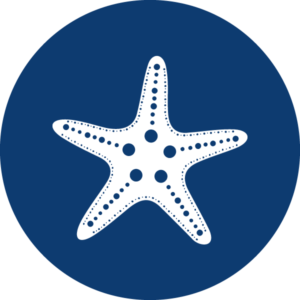 At the Beach
At the Beach
Are the tides high or low?
Solve the mission for Nisqually Reach Nature Center before you go and predict the tide!
What are tides? Tides are caused by the gravitational pull of the moon and sun. As earth’s gravity keeps water on the planet’s surface it is also the cause of tides. Like coastlines worldwide, in Puget Sound we have both low and high tides usually twice daily.
For low tide adventure, follow the trail to the beach. During low tide discover the many wonders uncovered! How many marine species can you find?

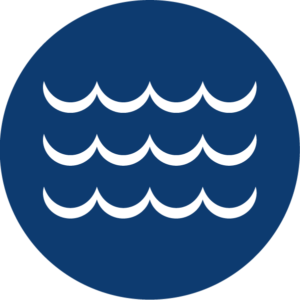 Find These Common Marine Species!
Find These Common Marine Species!
Sea lettuce is a bright green algae, that appear as ruffled edged flat sheets that can be seen covering the beach at low tide or attached by small holdfasts to rocks.
Shore crabs can be found hiding under rocks, seaweed and most anywhere on the beach. They can be tiny or grow up to two inches and be a variety of colors. Remember! When removing rocks please make sure to return them to where you found them as they provide homes for many animals. PNW Crab Identification Guide
Moon snails are the largest marine snails growing up to 5.5 inches. Often you will find their fleshy mantle extended around its shell as it cannot stay in its shell for long periods of time as it cannot breathe. In summer you may find their egg cases on the beach. Egg cases are a rubbery looking, round collar made of sand and mucous. Inside the collar 1000’s of eggs are sandwiched between the layers, which hatch into microscopic butterfly-like larvae and are released when the egg collar disintegrates. Please don’t take egg cases off the beach!
Giant Pacific and red octopus large and small live off our beaches under rocks and reefs. The giant Pacific octopus is the largest octopus species and can weigh up to 150 pounds with an arm span up to 20 feet. The red octopus is much smaller, growing up to 20 inches. Octopus are fascinating creatures as they can voluntarily change color to express emotion, comfort, and intention and change texture to mimic their surroundings.

 Streams and Estuaries
Streams and Estuaries
Solve this familiar riddle! What can run but never walks, has a mouth but never talks, has a head but never weeps, has a bed but never sleeps? A river or stream!
Can you find the stream flowing through the metal tube or culvert under the road? Where does it go? This small woodland stream flows into the bay. During low tides you see where the stream enters the shoreline and creates a path cutting through the sandy beach on its way to meet the saltwater of Puget Sound.
What is the body of water called when a freshwater stream meets salt water? An estuary!
Estuaries are one of the most productive systems in the world and provide critical habitat for many species of wildlife, providing food, shelter, and a place to reproduce.
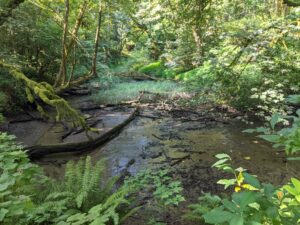 Puget Sound estuaries are the nursery grounds for migrating young Pacific salmon and are essential to their survival as they feed and grow before transitioning out into the larger sea.
Puget Sound estuaries are the nursery grounds for migrating young Pacific salmon and are essential to their survival as they feed and grow before transitioning out into the larger sea.
Estuaries are also delicate and are easily damaged by human caused pollutants such as those found in stormwater.
Stormwater is rain and snow melt that runs off rooftops, paved streets, highways, and parking lots. As it runs off, it picks up pollution like oil and chemicals from car tires and brakes, fertilizers and pesticides from lawns, soil, trash, and pet waste. Most stormwater is not treated, even when it goes into a street drain. Most street drains flow directly into streams, lakes and into marine water, like Puget Sound.
Visit Stream Team’s Actions for Clean Water page to learn more about how you can help!
Can you name animals that may rely on the estuary?
- Western sandpiper
- American black bear
- Bald eagle
- Harbor seal
- North American river otter
- Pacific salmon

 Salt Marshes and Estuary Plants
Salt Marshes and Estuary Plants
Salt marshes are coastal wetlands that are associated with estuaries and dominated by plants such as grasses that can tolerate being periodically flooded by tidal salt water.
Salt marsh wetlands are a valuable, productive habitats that have been impacted greatly by humans changing the land. In the United States over 80% of these habitats have been destroyed by dense coastal developments and over 50% have been lost worldwide over the past 100 years. In their natural state salt marshes provide protection from strong winds and decrease extreme flooding such as flooding caused by hurricanes.
The plants that live in the salt marsh and surrounding estuary are specially adapted to tolerate frequent saltwater flooding from high tides and waves, and soils with low oxygen and low nutrients.
Can you find these three marsh plants? Hint, they will be where the high tide reaches!
For more information visit this hour-long virtual salt marsh plant identification class.

 Sandy Beach Trail
Sandy Beach Trail
Near the restroom at the head of the beach trail there is a sign for the Sandy Beach Trail and the longer 4 Cedars trail. Take the Sandy Beach Trail through the woods. At the trail ends there are picnic tables and a trail leading to the beach.
As you walk the trail through the forest, find and count the number of nursery stumps you see! Hint: nursery stumps are old decaying stumps with bushes growing from their tops.
In our damp northwest forests, decaying fallen logs and stumps become nurseries for plants and trees in the forest. Many of the remanent or left-over decaying stumps are Western red cedars that were logged over 100 years ago!
Nurse logs and stumps play an important role in the ecology of our forests. These decaying structures are full of life inside, even more than when they were alive! The seeds of plants and trees find these structures a perfect place to begin life. Small animals use them for shelter and reproduction. Many of our managed forests no longer have old dead standing trees, also called snags or down logs on the ground. Their loss creates a loss of nutrients to the forest floor and a loss of habitat function that contributes to the ecology of a healthy forest.
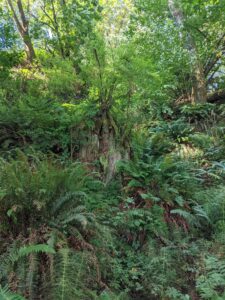 Find the wooden boardwalk over the trail. Do you see soggy muddy patches on the trail and water running under and along the boardwalk? What is the cause? Fresh water springs or ground water is flowing over the surface of the land!
Find the wooden boardwalk over the trail. Do you see soggy muddy patches on the trail and water running under and along the boardwalk? What is the cause? Fresh water springs or ground water is flowing over the surface of the land!
A spring is a place where water moving underground finds an opening through the land and flows out. This often happens along a hillside and especially if a trail or road has been cut through the soil exposing the underground water. Springs have been said to be windows into the Earth.
Fresh water is vital to life and is not limitless. Ground water springs are essential to having clean drinking water and is sensitive to climate changes. It is important that we protect and keep our groundwater from being polluted. The forested spring along the trail provides drinking water and a cooling place for wildlife.
What wildlife do you think benefits from this freshwater spring?
Below are a few that inhabit our forests and rely on streams and springs for water.

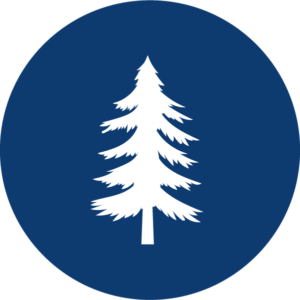 Forest Trees
Forest Trees
The forest surrounding the park is made up of 1000’s of native plants.
Can you identify three main conifer and three deciduous tree species?

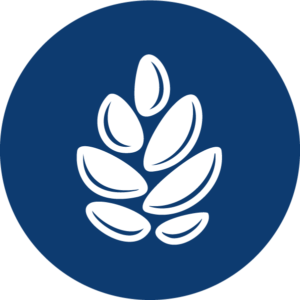 Forest Understory Plants
Forest Understory Plants
Understory plants refers to the plants and shrubs that grow under the mature trees in the forest. Did you know that you can grow many of Washington’s native shrubs in your own backyard?
Benefits to planting native plants include:
- Decreasing the use of water used on lawns
- Eliminating the use of pesticides often use on lawns and gardens
- Increase food and shelter for native wildlife use such as nesting birds
There are many resources to help with planting native plants in the right soils and sunlight. For more information visit:
- Washington Native Plant Society
- Native Plant Guide of Western Washington Yards- King County
- Native Plants of Western Washington
- Sound native Plants
 Congratulations!
Congratulations!
You have completed your mission to locate salt marsh grasses or plants and send us a photo! Don’t forget to login to the Goose Chase App and submit your photo for this mission to collect your park specific sticker!
